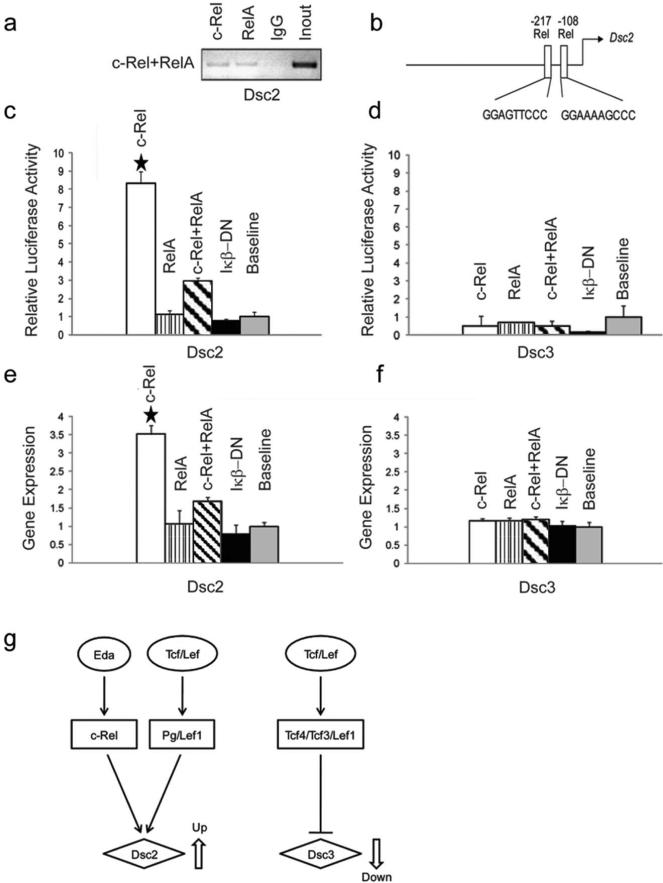Figure 5. Effects of NFκB transcription factors on the proximal Dsc2 and Dsc3 promoters.
(a) ChIP assays demonstrating that both c-Rel and Rel A bind to a Dsc2 promoter fragment that contains two predicted Rel binding sites. Input, chromatin used for immunoprecipitation; IgG, IP with unspecific IgG. (b) Schematic representation of putative NFκB transcription factor binding sites in the proximal Dsc2 promoter. The arrows indicate translation start sites (ATG; A is defined as position +1). (c) c-Rel dramatically increases the reporter activity of the Dsc2 construct while Rel A did not. The IκB_DN construct encodes a dominant-negative inhibitor of the NFκB pathway, i.e. this construct can block endogenous NFκB activity. The promoter activities in the absence of ectopically expressed transcription factors are defined as relative expression level 1. (d) The Dsc3 reporter construct does not show any significant changes in activity in response to NFκB transcription factors. (e-f) Endogenous Dsc gene expression in mouse keratinocytes. (e) c-Rel ectopic expression significantly increases endogenous Dsc2 expression. (f) None of the NFκB transcription factors affects endogenous Dsc3 expression. (g) Simplified model of signaling pathways active in hair follicle placodes and their proposed effects on Dsc2 and Dsc3 gene expression. Note that open arrows symbolize up- and down-regulation of gene expression, respectively. Error bars, standard deviation. Stars indicate statistically significant results (p-value < 0.05).

